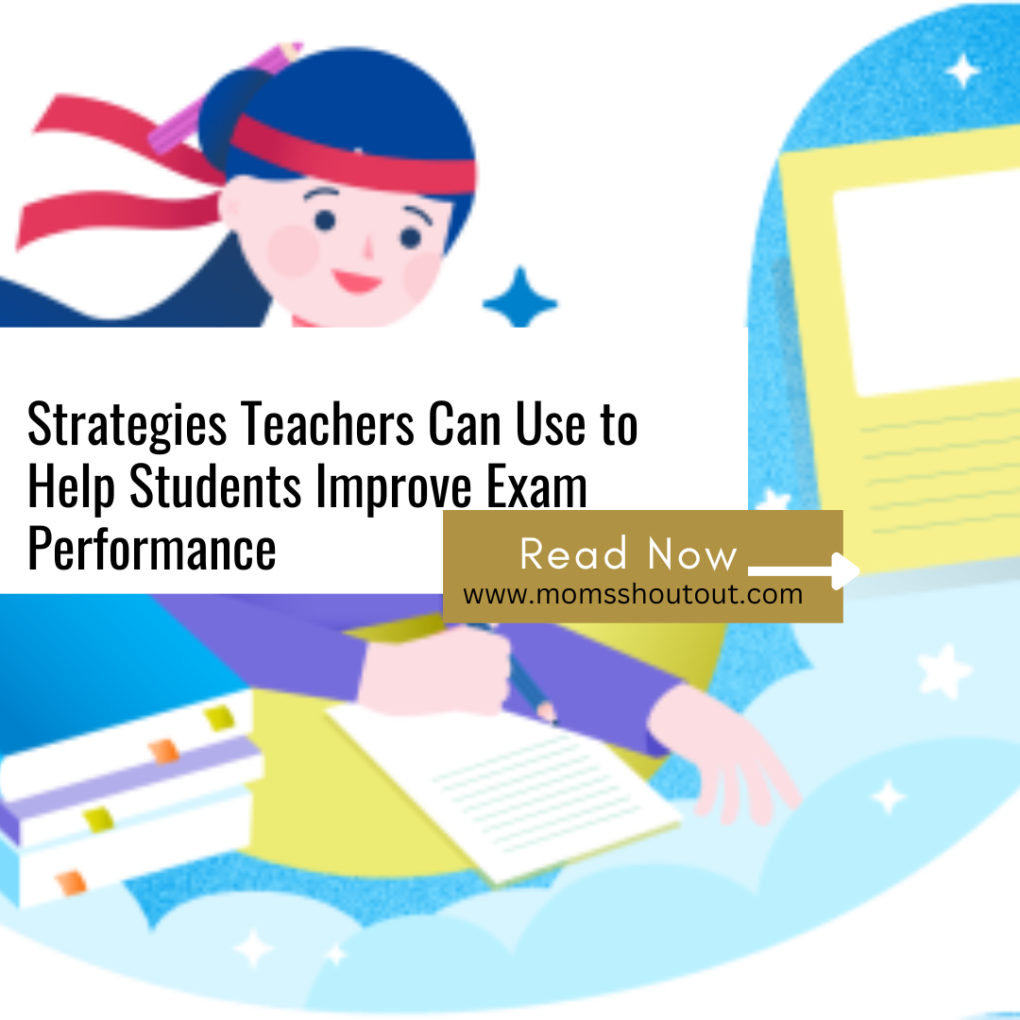Last January 30 and 31, the Department of Education (DepEd) administered the National Achievement Test for Grade 12 (NATG12) as part of their K to 12 Basic Education Program national assessment framework. It aims to determine and identify the gaps in the curriculum and gauge the graduating student’s preparedness for higher education.
Now that it is over, teachers are left waiting for the exam results, hoping that they achieved their number one goal; to make students attain the learning objectives prescribed by the curriculum.
But after a big exam like this, what must teachers do with the results? Quipper is here to guide educators on using exam scores as data for assessment to improve the teaching-learning experience and potentially elevate their students’ future test scores.

Gather test scores and other students’ data for analysis. Data is always present in a classroom and can be gathered in various ways. It can be Formative Data that teachers can collect from learners through raising hands, drills, recitations, and short quizzes, or Observational Data, where they observe students’ behaviors and characteristics when doing a solo task or working with a student.
Lastly, teachers can assess the data from Summative and Standardized Tests (like the NATG12), Projects, and Performance Tasks gathered quarterly or at the end of the academic year. This type of data is necessary because it gauges the learner’s capability to apply and retain the knowledge they learned in the classroom.
It is crucial to differentiate and categorize data to ensure that teachers adequately address each student’s unique needs. Once these data are assessed, teachers can conduct different strategies to improve their classroom teaching and, later on, improve students’ performance.
Make use of modern technology where appropriate. Using technology is one of the best ways to break down complicated concepts into smaller pieces that are easier for students to understand. These days, technology encompasses everything from the use of tablets and computers to VR technologies. As Danny Swersky of KIPP Washington Heights Middle School puts it, interactive technology has changed classrooms a lot thanks to mobile learning platforms, interactive tech-assisted lessons, and new VR/AR devices.
Even in just the last decade, educational technology has improved at a tremendous pace, giving students more ways to learn and understand complicated subjects without overworking teachers. Much of this study can be carried out at home as well, making it a great option for homeschooling or self-study time.
Study data to modify teaching strategies. After studying data, teachers should now prepare to alter their teaching strategies according to it. The modification should focus on learners’ individual needs and the overall class condition.
For example, suppose a student suddenly had low scores compared to their previous exam. In that case, a teacher may want to assess if the student is having problems that are non-classroom-related that may influence the student’s low performance. Or maybe, the teacher placed test questions that are too focused on memorization, which may not be a suitable strategy to use. Teachers must remember that assessing the data is all about identifying the learning barriers or overall curriculum problems to ensure that the learners will always give their best performance on their exams.
Establish realistic student goals and design/adjust lesson plans according to them. After students see their exam results, they might feel burdened and pressured to do better. But a teacher should always remind students that whatever the outcome, what matters most is that they are learning.
Students were always taught to think that scores and numbers are equivalent to their worth; that is why educators must gear away from this mindset and help the students establish realistic goals by designing or adjusting their lesson plans according to them. May it be changing how the lessons were taught or giving a fresher take on summative assessments.
More than anything, teachers should encourage the student’s individual growth inside and outside the classroom, even if it means getting a score of 10 or 15 points higher than before.
These strategies are not here to make things complicated for teachers. Instead, it treats learning as a process that cannot be accomplished without proper assessment. Yes, an improvement in performance starts with the student, but they cannot do it without the teacher’s help.
To learn more about how teachers can use data from test scores and student performance to improve teaching, they can access Quipper’s Basic Education Exit Assessment (BEEA) assessment package, which includes a module that can be used as their go-to guide on doing proper assessments in the classroom.
Indeed, Quipper is here to tirelessly assist teachers through its innovative teaching and learning technology that can adapt to the changing landscape of education.
To learn more about Quipper Philippines and its other programs and initiatives, visit https://www.quipper.com/ph/.

